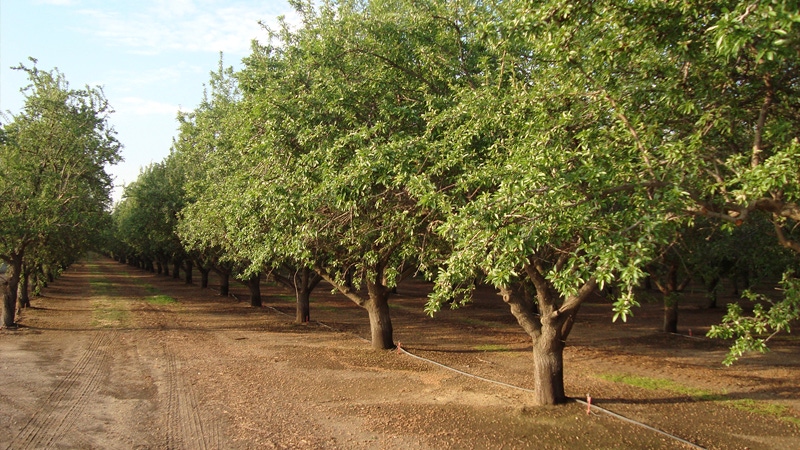March 15, 2017

Sponsored Content
With warm and wet weather predicted this spring, conditions could be perfect for early development of fungal disease in almond orchards. The valuable crop likely will need early and more frequent protection from diseases including scab and Alternaria leaf spot.
With increased disease threat, growers can’t afford to simply react, says Jeff Pacheco, technical sales agronomist, DuPont Crop Protection. “They will need a season-long game plan that includes a combination of fungicides and an application rotation to minimize resistance development.”
Resistance to Qol (strobilurin) fungicides (FRAC group 11) and SDHI fungicides (FRAC group 7) has been documented in some orchards. “To develop an effective plan, start with an orchard’s disease history. If resistance has already been a problem, rotate fungicide modes of action and limit use of fungicides with a single mode of action to one or two applications per season,” says Jim Adaskaveg, professor and plant pathologist, University of California, Riverside.
“DuPont™ Fontelis® fungicide offers flexibility for disease control plans,” says Carl Bannon, technical sales agronomist, DuPont Crop Protection. “With a single mode of action, it can be tank-mixed at a range of rates for more customized control.”
University of California field trials in Colusa County compared a variety of fungicide treatments to control Alternaria leaf spot. “In 2015 trials, a tank mix of Fontelis® and Tebucon (FRAC group 3) was rated highly effective in controlling Alternaria leaf spot on Carmel and Monterey varieties,” says Adaskaveg. “That tank-mix combination provides two modes of action and would be a relatively cost-effective option in a rotation.”
DuPont™ Fontelis® is not registered in all states. Contact your DuPont representative for details and availability in your state.
Always read and follow all label directions and precautions for use. Unless indicated, trademarks with a ®, ™ or SM are trademarks of DuPont or affiliates. © 2017 DuPont.
You May Also Like




